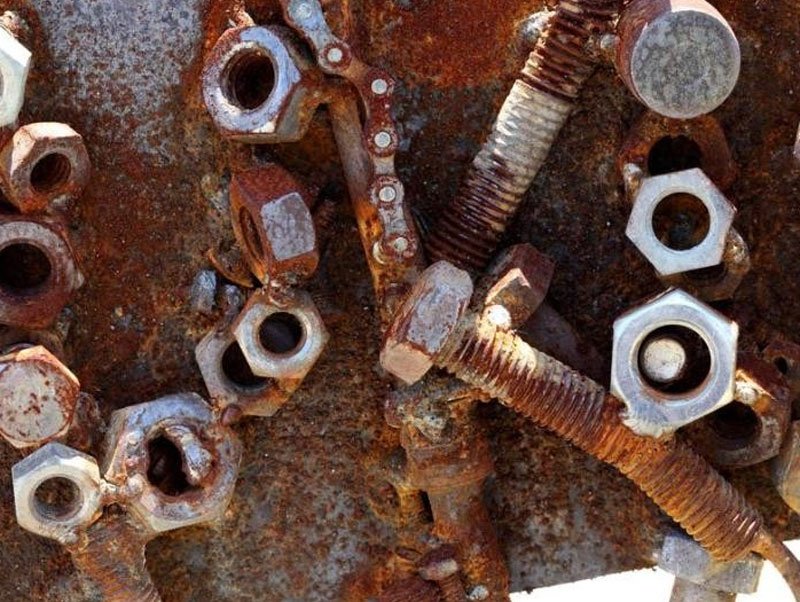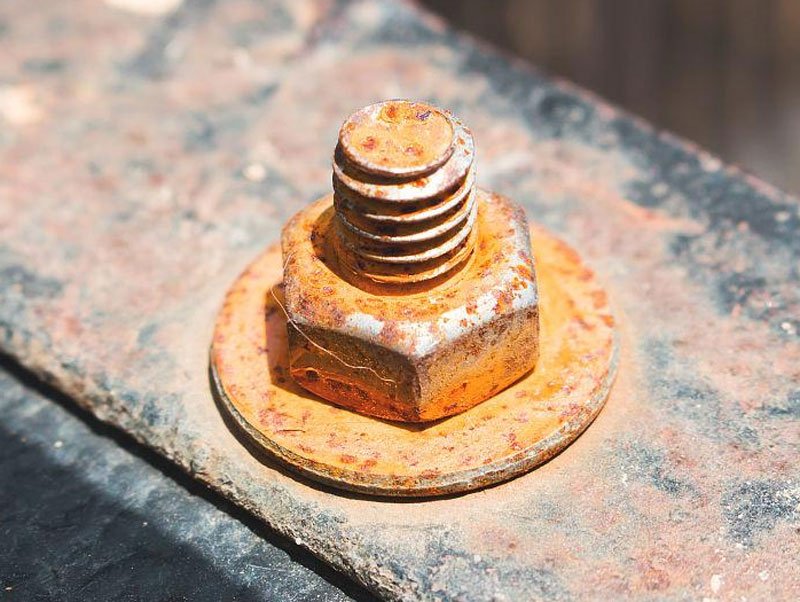
Bolts are common workpieces in the industrial market. They will oxidize and rust when exposed to air for a long time. How to remove rust from bolts is a topic of concern to manufacturing business owners.
This article will focus on the topic of how to get rust off bolts and provide some methods and techniques. I hope it will be helpful to you.
Causes of bolt rust
The rust of bolts is caused by a chemical reaction on their surface, the main component of which is iron oxide. Typically, bolts rust due to the presence of oxygen, water, and some other chemicals in the environment. The formation of rust is a natural process that protects the surface of the bolt, but also affects the service life of the bolt.
Surface treatment requirements for bolts of different materials
Bolts of different materials also have different requirements for oxide coating and pretreatment. For carbon steel bolts, spraying anti-rust paint or galvanizing is necessary to avoid rust. Stainless steel bolts require appropriate and targeted surface treatment, such as polishing or electrochemical polishing, to improve their surface quality and rust resistance.
Rust resistance of materials to bolts
The material of the bolt can affect its rust resistance. Some stainless steel materials (such as 304 and 316 stainless steel) have excellent rust resistance and will hardly rust.
Carbon and low-alloy steels are susceptible to corrosion by oxides, causing rust. When using bolts of these materials, proper surface treatment (such as painting, galvanizing or nickel plating, etc.) and coating (such as zinc coating or aluminum coating) are required to enhance their rust resistance.

How to Remove Rust from Bolts
- Use quicklime to wipe rusty screws. Use quicklime to react chemically with iron to generate ferric hydroxide and precipitate to remove rust. Soak rusted screws in bleach to remove rust. Soak rusted screws in vinegar to remove rust. Soak rusty screws with dilute hydrochloric acid to remove rust.
- Mechanical grinding and rust removal method. This method is currently a widely used rust removal method. Its principle is to use impact and friction to effectively remove rust and dirt.
- You can use rust remover or lubricating oil to drip on the screws. Let it be fully moistened, and after it is completely soaked, you can remove the screws. Take advantage of vibration. Do not use a wrench to tighten rusty screws. They are easy to break. You can use a hammer or hammer to tap near the screws.
- Wetting: Use rust remover or kerosene dots to soak the nut, and then unscrew it after it is soaked. Shock: Never use a wrench to hard-tighten rusty screws to prevent the six-sided corners of the screw from slipping, breaking the screw or damaging the wrench.
- First prepare rusty screws, or rusty and yellow screws that have been removed from somewhere at home. Then prepare a bottle of Coke, because Coke contains carbonic acid, which can decompose iron oxide. Then prepare a small bowl, put the rusty screws in first, then pour in an appropriate amount of cola, and soak for 10-15 minutes.
- Laser rust removal. Laser rust removal equipment uses high-energy heat generated by laser to remove oxides or rust on metal surfaces.
